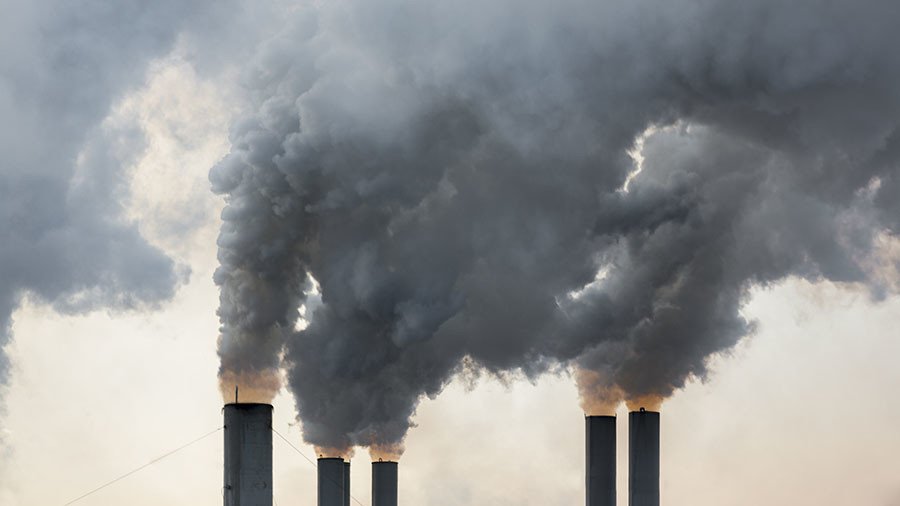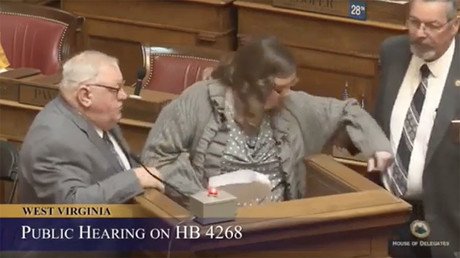While Big Energy profits, US taxpayers pay for toxic clean up

Taxpayers could be liable for $6 billion in cleanup costs of toxic hazards left by oil and gas drilling. Outdated laws allow companies to pay only a small share of expenses as the number of abandoned wells rises.
The cost of cleaning up the tens of thousands of oil and gas wells on US public land could come to over $6.1 billion, and taxpayers will likely need to contribute, according to new report released Monday by the Colorado-based Center for Western Priorities.
These estimates far outstrip the $162 million that the Government Accountability Office last estimated had been provided by oil and gas operators. Oil and gas companies must pay reclamation bonds when they drill on federal lands. The bonds guarantee that wells will be cleaned up and will not poison lands and water if a company stops drilling or goes bankrupt.
However, bonding requirements have not been updated by the Department of the Interior since the 1960s. This means that, while the cost of cleaning has risen with inflation and the changes in technology, the bond amounts required have remained the same.
The Interior Department requires oil and gas companies to post reclamation bonds of $10,000 per well. But the average well reclamation cost is $65,200, and sometimes as much as $100,000 for deeper wells, the CWP report states. Wells are increasingly drilled to greater depths in the US.
If the bond is not enough to cover the clean-up costs, the federal government must pay the difference.This means that taxpayers could be forced to make up the shortfall for the 94,096 oil and gas wells.
The Interior Department’s inspector general warned in a January memo that the Bureau of Land Management (BLM) does not have a grip on the number of idle wells currently on federal land. The memo cautioned that idle wells pose environmental, safety, and public health hazards and “have the potential to cost taxpayers millions of dollars.”
Each of these wells would cost approximately $15,000 to plug and abandon, then reclaim, totalling almost $1.5 million. But the companies’ bonds to cover these activities totals only $150,000, leaving taxpayers responsible for the remaining $1.35 million.
In 2016, the annual revenue of the oil and gas industry in the United States was estimated at $103 billion. Its lobbying expenditure ran to over $125 million in 2017, according to Open Secrets.
Like this story? Share it with a friend!















